This composite of the Galilean Satellites shows images of the moons taken by the Galileo spacecraft, as well as details from the surfaces of the moons.
Click on image for full size
NASA
Galilean Satellites
The Galilean satellites are the 4 major moons of Jupiter,
Io,
Europa,
Ganymede, and
Callisto. In this picture, Io, and Io’s surface, are shown on the left-most end, then Europa, and its surface, then Ganymede, then Callisto. Of Jupiter’s 60 moons, these four are the biggest.
These moons were discovered by Galileo Galilei in 1610. Their discovery by Galileo was a key piece of evidence that the Earth was not the center of the Universe. Although Galileo initially thought they were stars, his continued observations over a couple of weeks showed that the objects remained near Jupiter. He was finally able to show that they were in orbit around Jupiter, thus proving that not all objects in the heavens orbited Earth.
You might also be interested in:
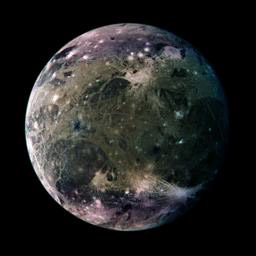
Ganymede was first discovered by Galileo in 1610, making it one of the Galilean Satellites. Of the 60 moons it is the 7th closest to Jupiter, with a standoff distance of 670,900 km. It is the largest moon
...more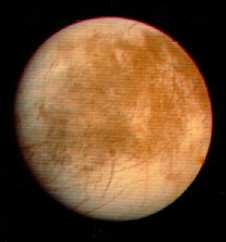
Icy moons are large or small moons which are mostly made of ice. These moons are unlike the earth's moon, which is made of silicate rock. Perfect examples of icy moons are 3 of the Galilean satellites,
...more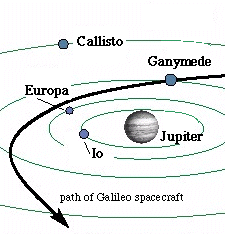
This drawing shows the positions of the four Galilean satellites relative to each other, and the path of the Galileo spacecraft on one of its flyby's past Jupiter. Of the four Galilean satellites, Io is
...more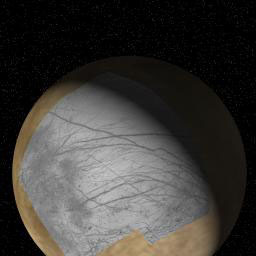
Jupiter has // Call the moon count function defined in the document head print_moon_count('jupiter'); moons and a ring system. The four Galilean satellites; Io, Europa, Ganymede, and Callisto, are among
...more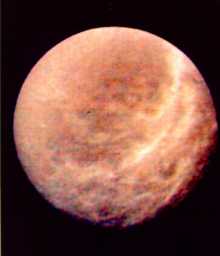
Rhea was discovered by G. Cassini in 1672. Rhea is the 5th farthest moon from Saturn. It is one of the icy moons, similar to the Galilean satellites. Rhea is about as wide as the state of California is
...more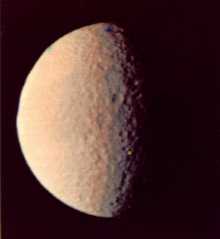
Tethys was discovered by G. Cassini in 1684. Tethys is the 8th closest moon to Saturn, with a standoff distance of 294,660 km. It is one of the icy moons, similar to the Galilean satellites. Tethys is
...more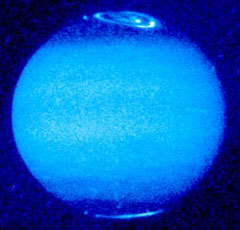
Jupiter has beautiful auroral light shows and other interesting features at its poles. Jupiter has 4 large moons and many smaller ones. Three of the four big moons are covered with ice. They remind us
...more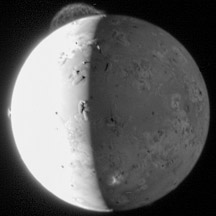
Io is a large moon of Jupiter. Jupiter has four large moons. Io is the closest of the four to Jupiter. Io has hundreds of volcanoes. It has more active volcanoes than any place else in our Solar System.
...more















